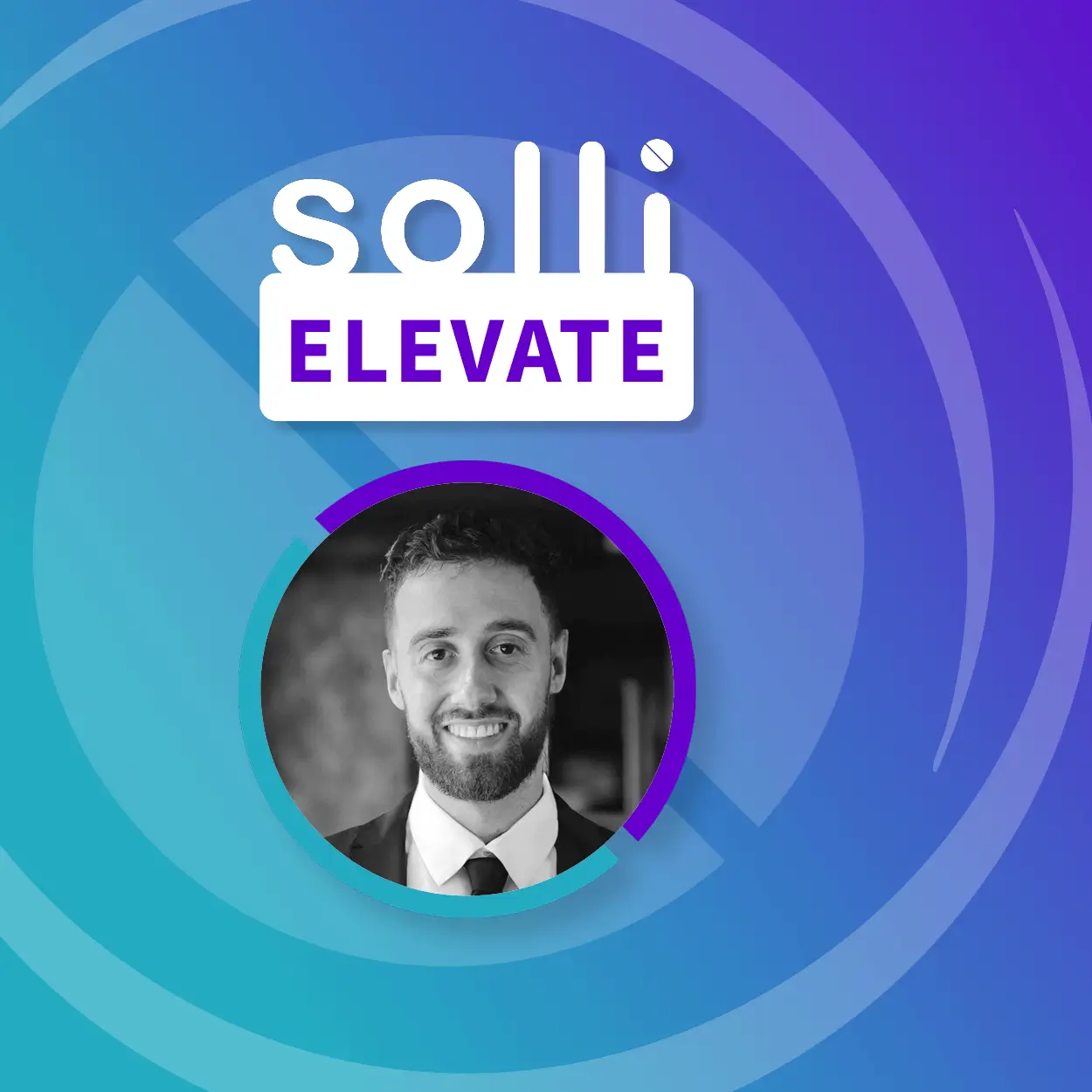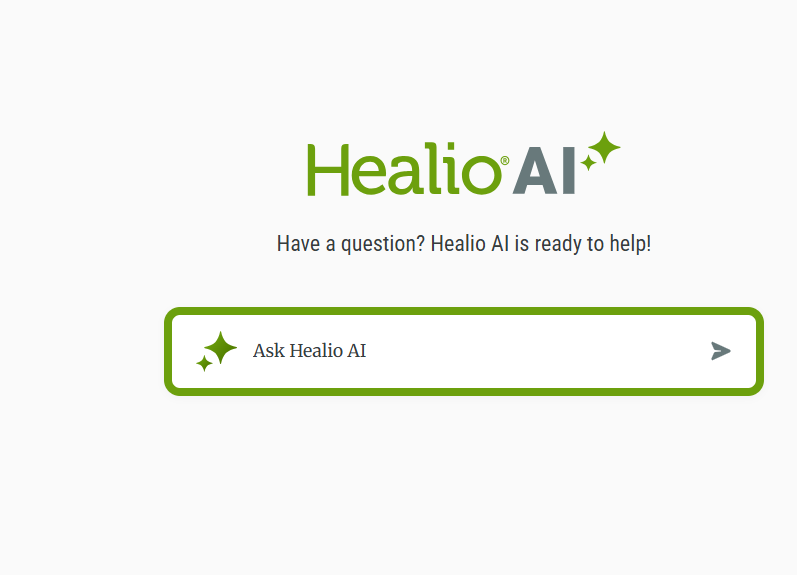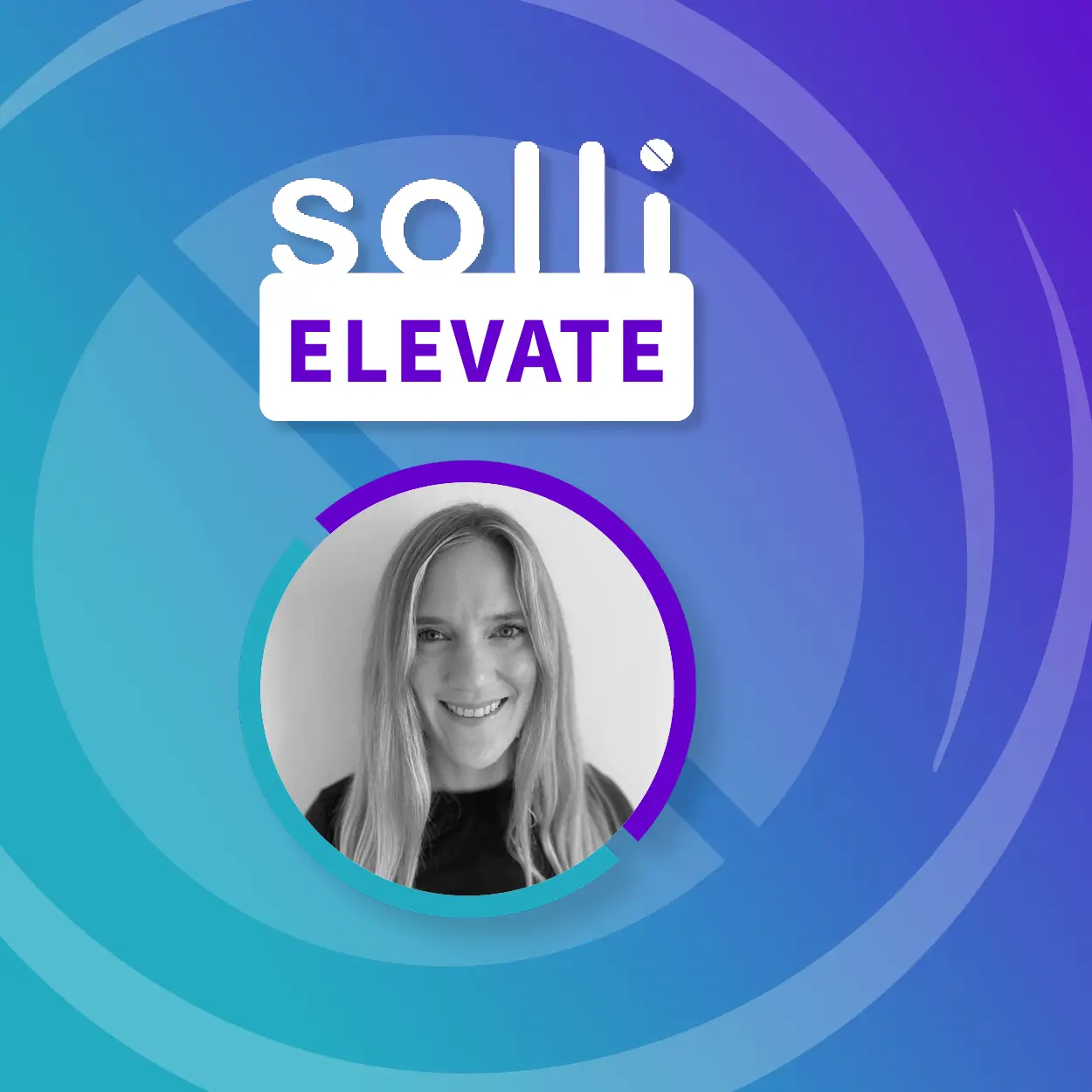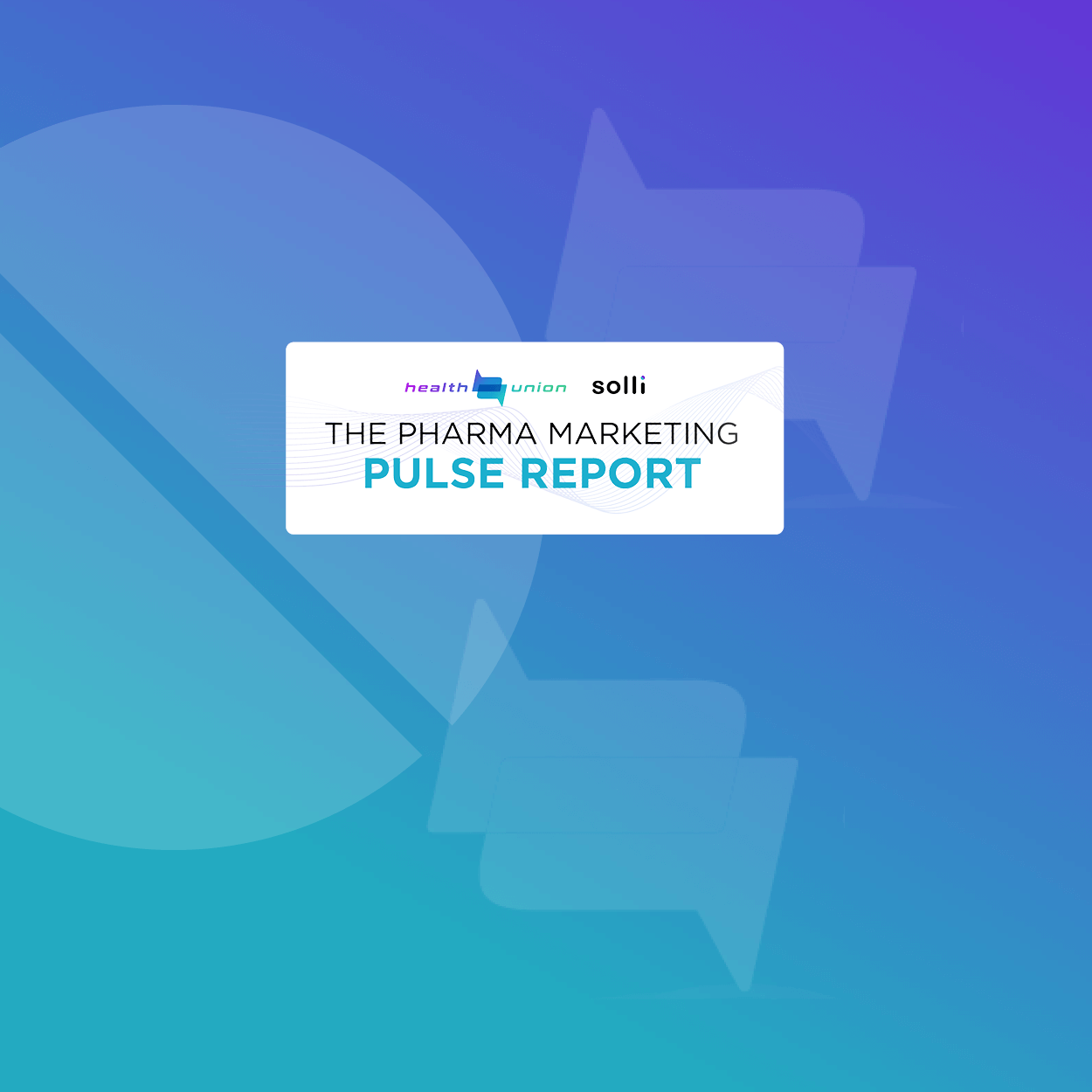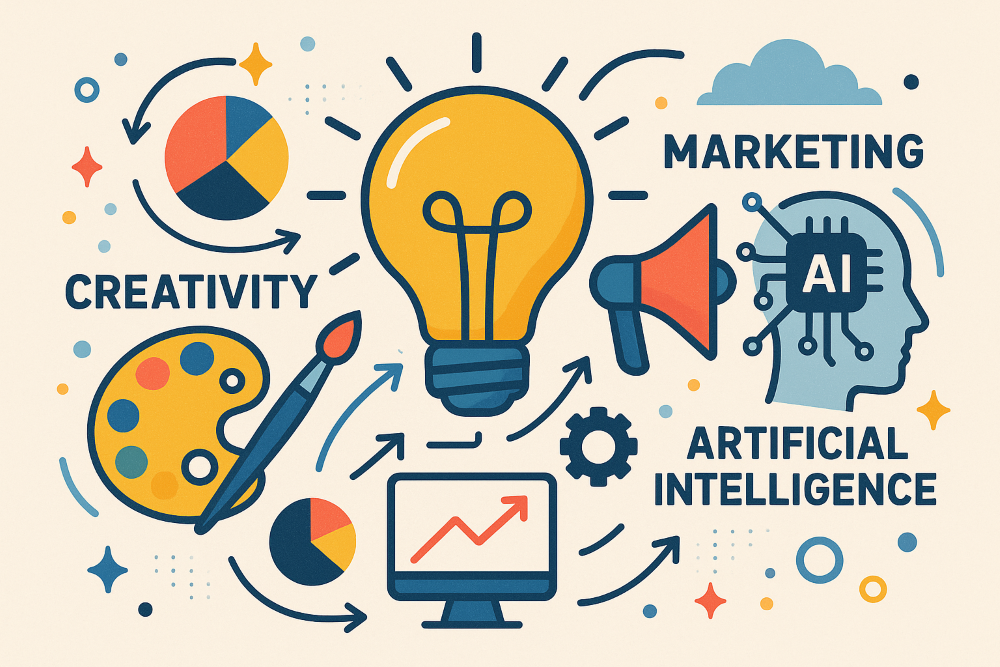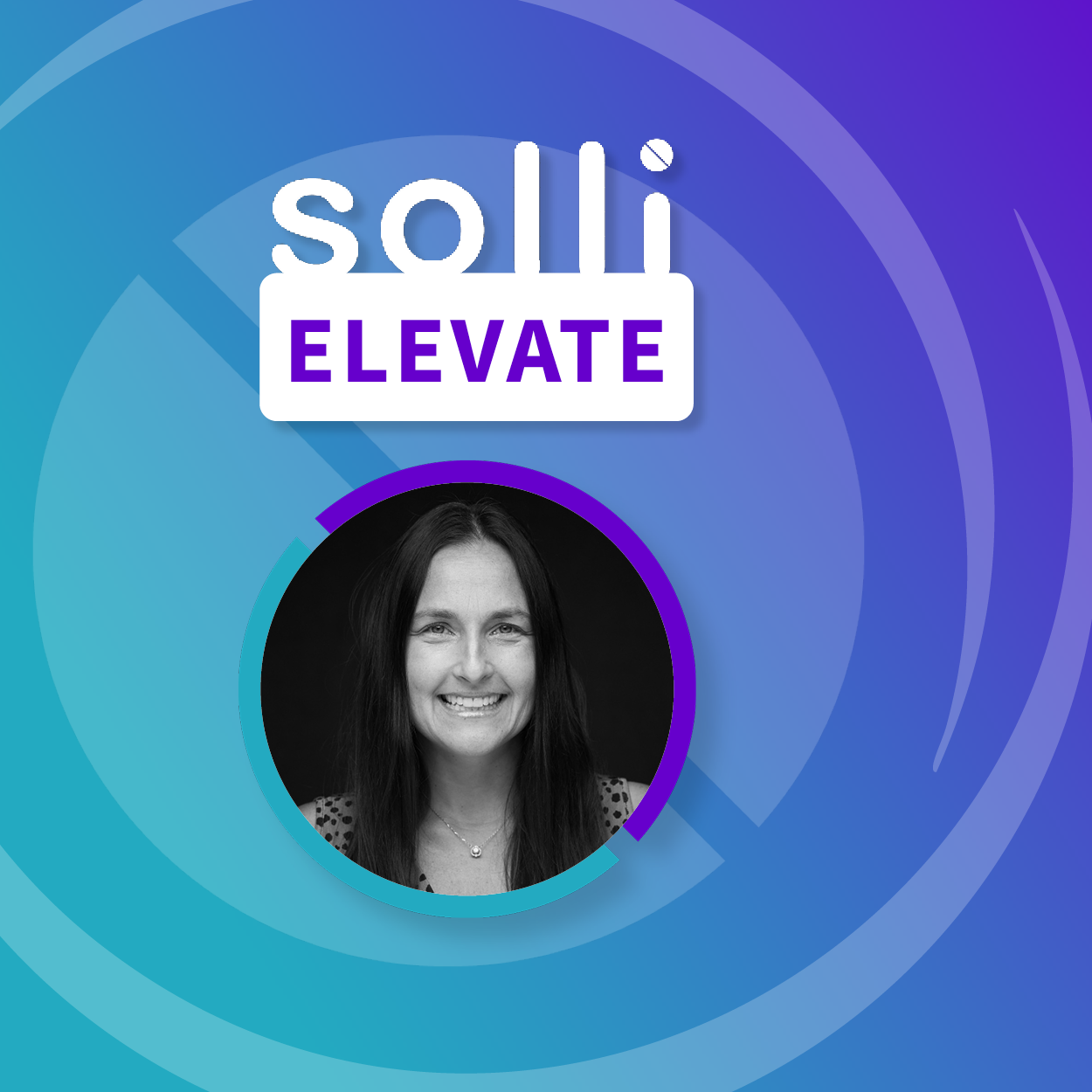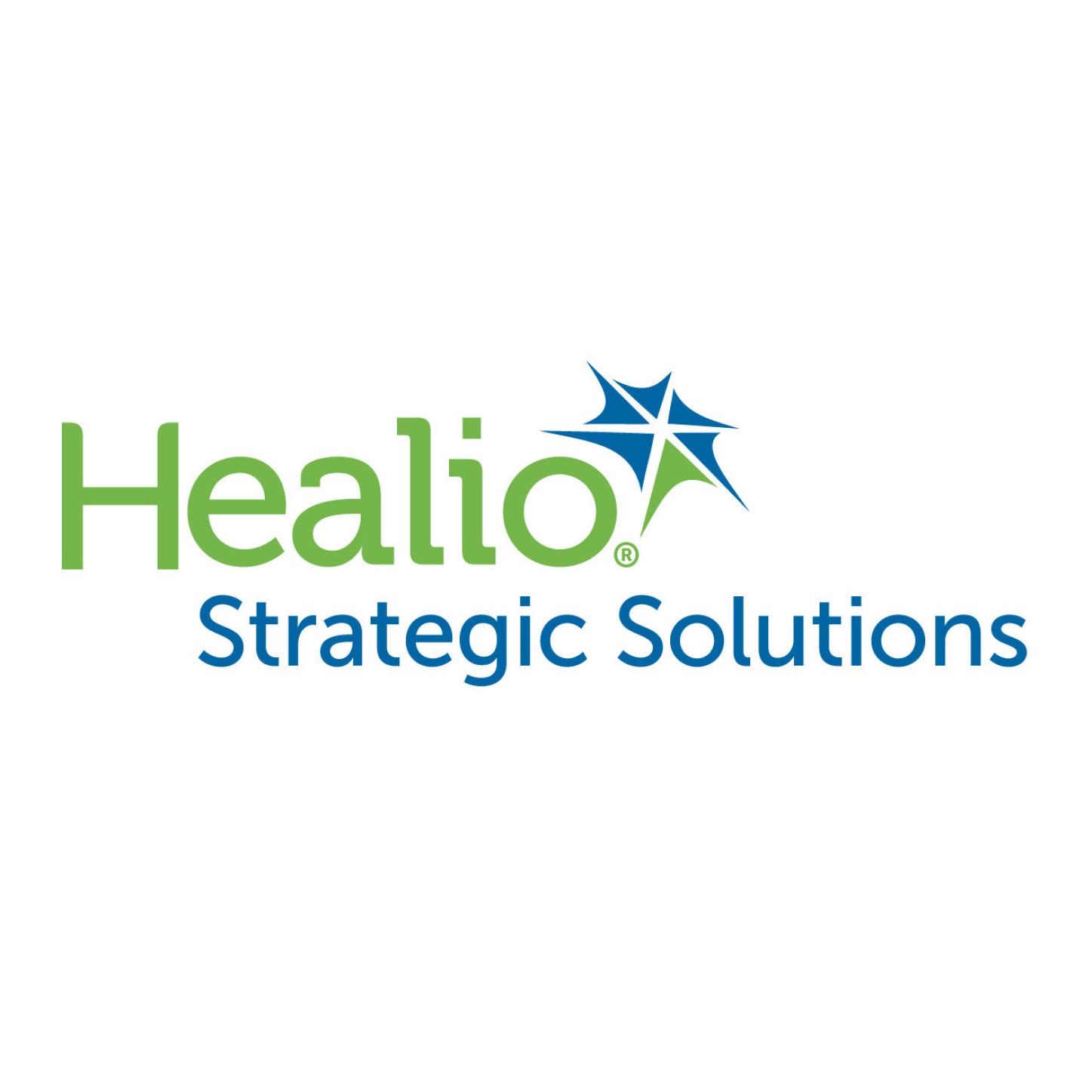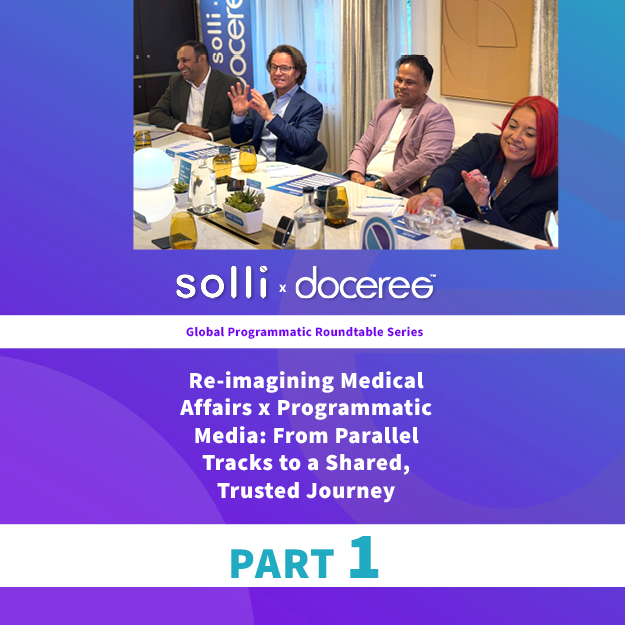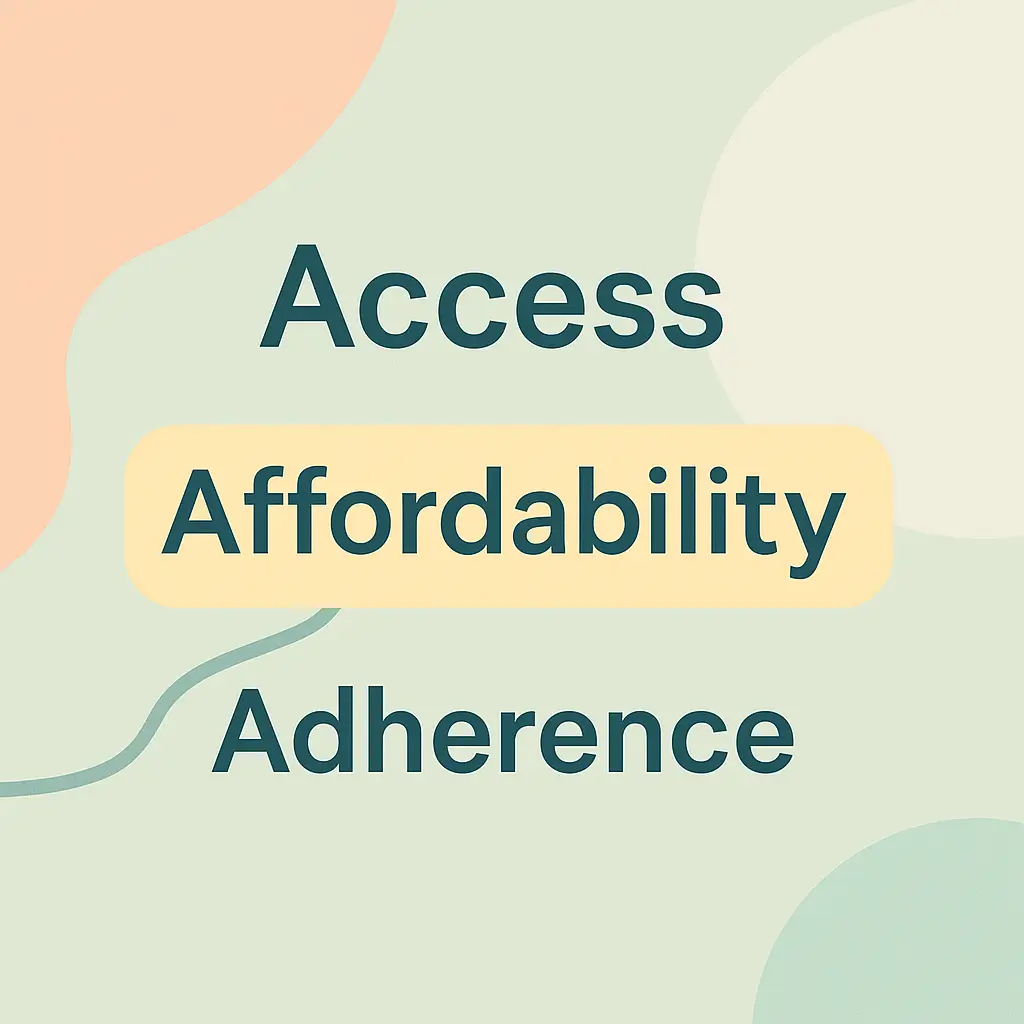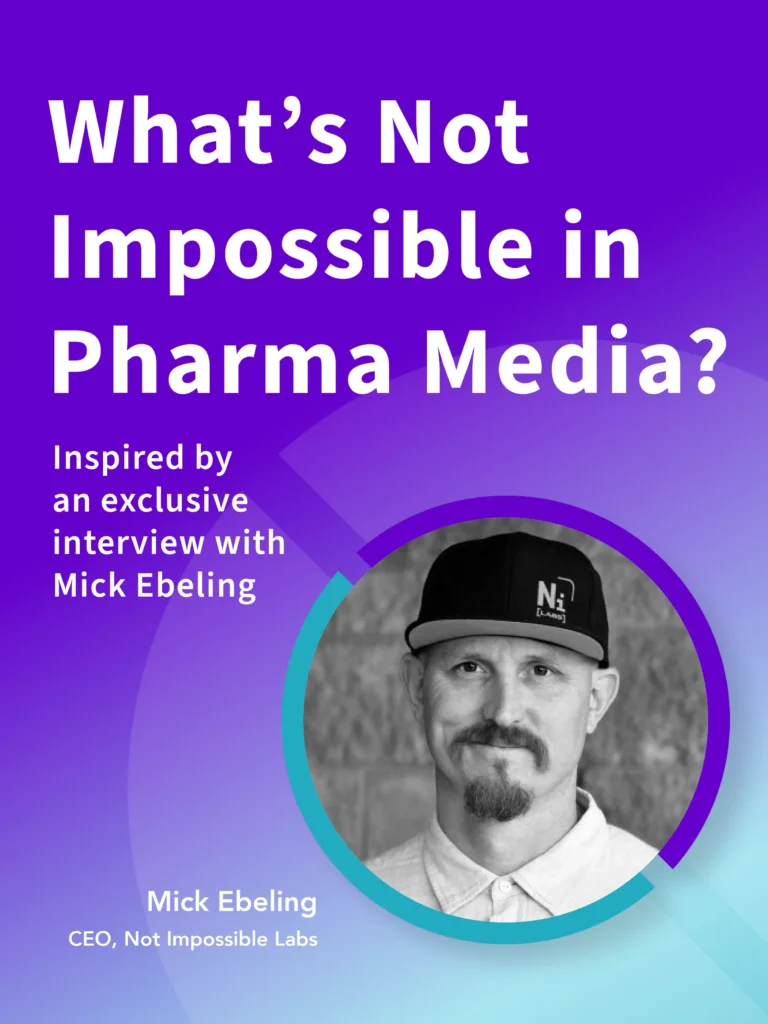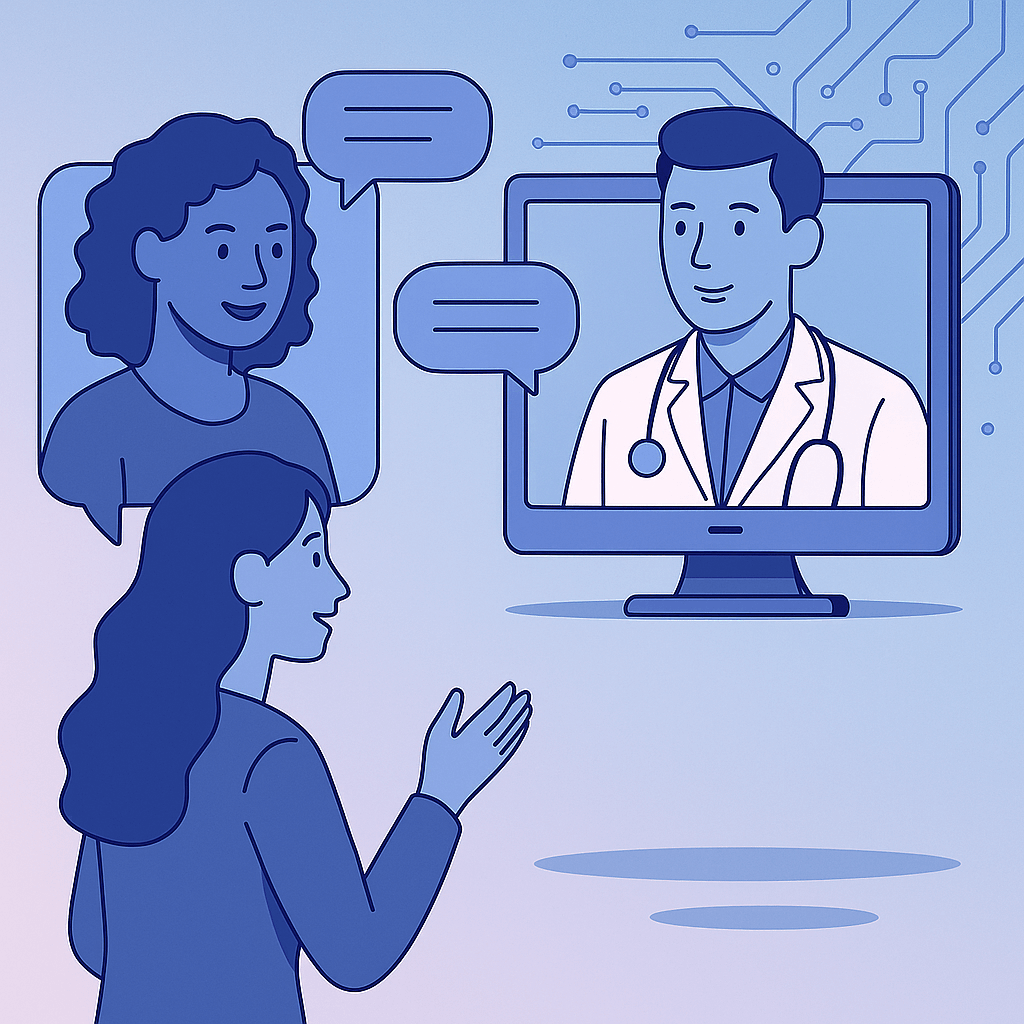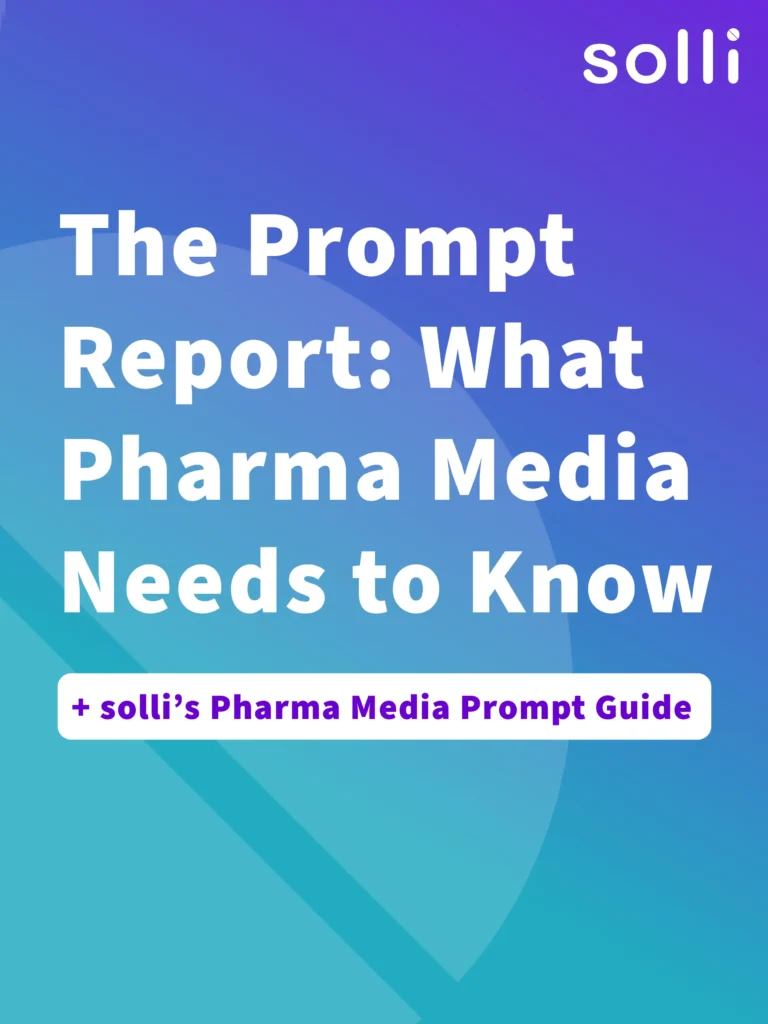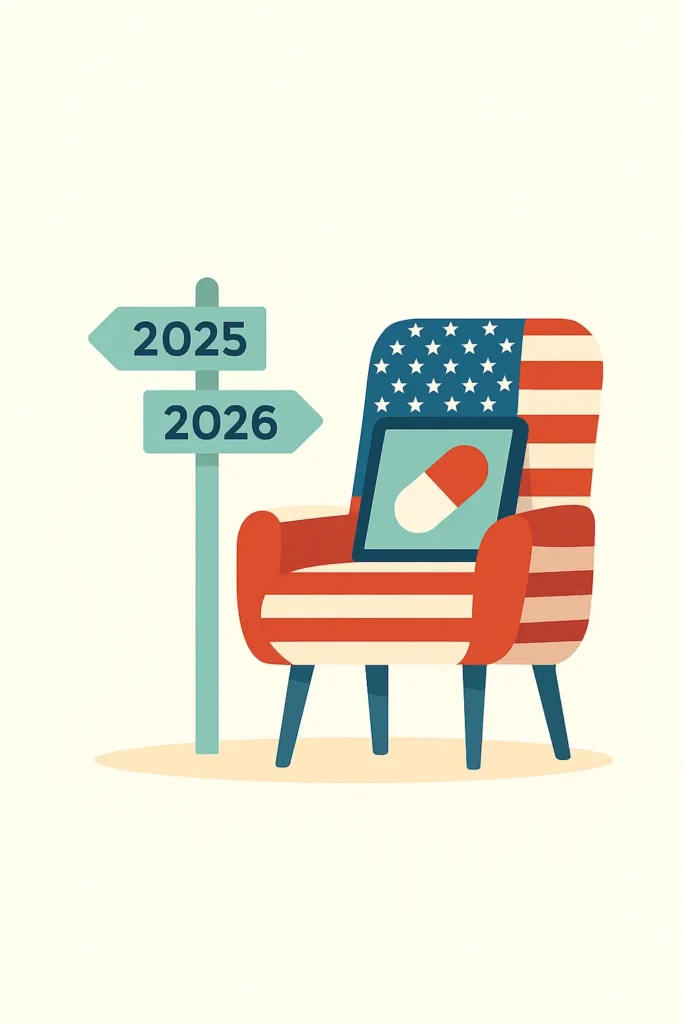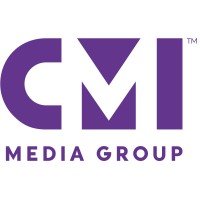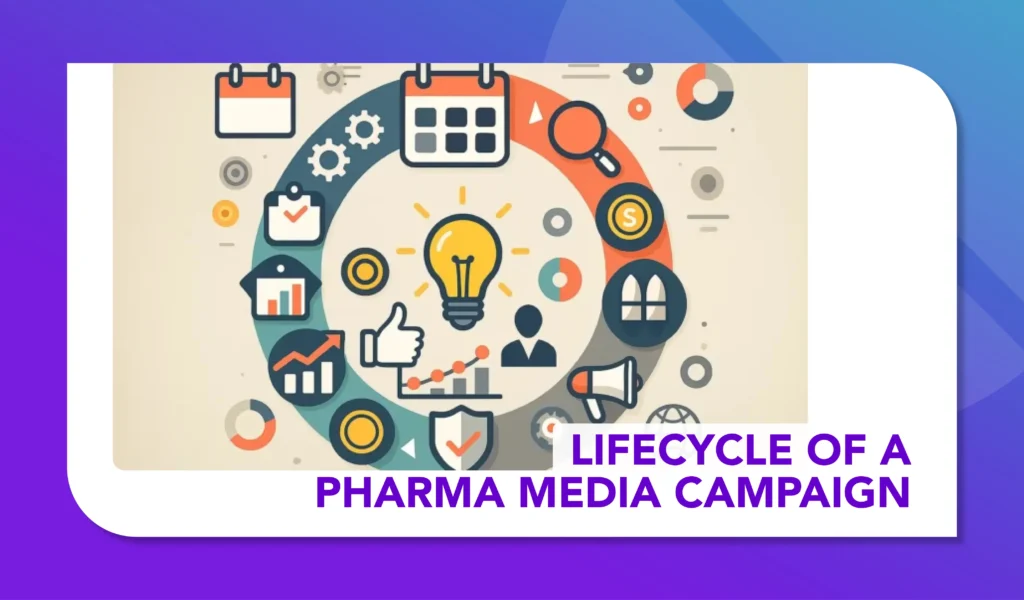Healthcare’s Consumer Revolution
The forces driving patient empowerment and the future of pharma marketing.

For decades, healthcare engagement followed a single model: patients sought care in moments of crisis, visiting a physician’s office and relying entirely on what was prescribed from behind the counter. This passive reliance left patients with limited agency, discouraged from questioning, and dependent on others for solutions.
The pandemic accelerated a dramatic shift. When patients could not easily access HCPs, they became advocates, researchers, and decision-makers in their own treatment journeys. They began exploring holistic options, educating themselves on products, forming emotional connections with brands, and arriving at appointments ready to discuss alternatives.
This marked the transformation from patient to consumer—a mindset that mirrors broader retail behavior. In pharmaceuticals, this has manifested in reduced brand loyalty, with consumers switching therapies more often in pursuit of better efficacy, fewer side effects, easier administration, and greater overall value. Just as they shop for the right pair of jeans, health consumers now competitively shop for the right treatment.
The consumer mindset is defined by behaviors once foreign to healthcare: price sensitivity, competitive shopping, quality comparisons, peer reviews, and trust in authentic testimonials. Digital ecosystems have fueled this evolution. Social platforms have become full-scale commerce engines with one-click checkout. Influencers and affiliates now drive measurable conversions and revenue across categories. Testimonials—once confined to Amazon product reviews—are ubiquitous across every shopping experience, including health.
To keep pace, marketers must embrace strategic, mutually beneficial partnerships that unlock access to first-party data, high-value audiences, and evolving media inventory. These relationships not only improve performance today but create the foundation for tomorrow’s healthcare marketing ecosystem—where data sharing, self-service tools, and innovative placements drive scalable, precision engagement. Over the last three years, inventory has expanded well beyond banners and in-office posters to include in-store activations, endcap screens, loyalty program integrations, and co-branded content that connects at both the pharmacy and the point of care.
Looking ahead, there are key areas which will define the next phase of the consumer-driven healthcare shift. To preface the shift in consumer healthcare, there is a need to look at the economic climate. With recent mandates, pharma media has been altered. More strict rules on ad disclosures and potential direct to consumer advertisements, new policy could reshape pharmacy engagement reducing consumer demand driven by tv and creating greater focus on pharmacist/provider education and the in-store landscape. Pharmacies will face greater regulatory scrutiny, new compliance demands, and evolving relationships with manufacturers to adapt marketing strategies and inventory. Major areas of focus will consist of price transparency, patient counseling and consulting, and increased education of pharmacists to emphasize the importance of non-Rx treatment paths.
Fulfillment as a Driver of Loyalty
Consumers demand immediacy. Amazon Prime built its global base of 220 million members—including 180 million in the U.S.—on the promise of faster delivery. This fulfilment-first model has since expanded across retailers like Walmart and Wayfair. Healthcare will follow. Soon, refrigerated Rx and OTC products will be delivered within 30 minutes, bundled in a single package, with drones closing the final gap in convenience. This comes from greater efficiency, using stores as product warehouses, increased investment in logistics and AI customer service systems, and inherent value of being a loyalty consumer.
Inventory Innovation
New formats will continue to emerge as brands seek to engage at every touchpoint. From in-store wraps and digital displays to native ecommerce integrations, inventory must be leveraged strategically across the patient and HCP lifecycle to ensure we remain present in the right places at the right times. As much of media planning hand-selects placements hoping to be in the right place, integrated media programs are going to allow for continuous conversation, not just being in the right place, but being present at the right time. New media programs will look at the spectrum of days and weeks and ensure a continuous, evolving communication process creating more opportunities for connection.
Creative & Copy Convergence
As patients enter HCP discussions prepared with solutions, the information gap is narrowing. HCPs are not only prescribers but also consumers and caregivers, making direct-to-patient advertising increasingly relevant to them. In many cases, DTP campaigns reach HCPs organically, with overlap between consumer and professional audiences reaching up to 30% in key therapeutic categories. This creates an opportunity to optimize creative executions, reduce redundancy, and deliver messaging that resonates across both groups simultaneously.
AI’s influence on the Consumer-Driven Healthcare Shift
AI is accelerating the shift to consumer-driven healthcare by empowering patients with informed, personalized care decisions. With AI tools ranging from symptom checkers and virtual assistants (Rufus on Amazon) to predictive analytics and personalized treatment recommendations, consumers gain greater control, transparency, and convenience in navigating their journey towards a better outcome.
Retail pharmacies leverage AI specifically to deliver targeted health content, optimize medication adherence programs (Pharmacy EHR, Mobile, Email), and anticipate consumer needs based on behavioral data cross-category. This creates a marketplace where patients are now empowered consumers, able to compare options and receive top consumer support which not only reshapes how care is delivered but also creates a proactive treatment management system.
Closing the Loop with Measurement
Measurement in retail pharma is essential for demonstrating impact, optimizing channel performance, and driving patient/consumer and HCP engagement. To date, measurement has heavily revolved around tracking awareness and consideration metrics in retail – impressions, clicks, and click rate. Over the last two years, the evolution of measurement consisted of adding metrics such as audience quality and script/brand lift, which has translated to a greater emphasis on how the media impacts bottom lines. In retail media where 76% of conversions are still happening in-store, efforts are currently underway to develop more comprehensive measurement for in-store performance, showing true impact of print or screen media on overall media mix models.
In 2024, CMI Media Group published a POV on store closures in exchange of smaller footprint models, greater visibility of direct to consumer through telehealth, and the increased education of pharmacists who had taken on greater roles in the patient healthcare journey. As 2025 comes to an end and the pharma landscape looks at 2026, there is greater recognition that the healthcare consumer is here to stay—and so is this blended model of patient and professional engagement. By understanding these shifts and designing strategies that reflect them, we can deliver meaningful, measurable impact today while building the ecosystem that will define healthcare engagement tomorrow.
This piece was written by Jacob Harrison, VP, Point of Purchase, CMI Media Group

